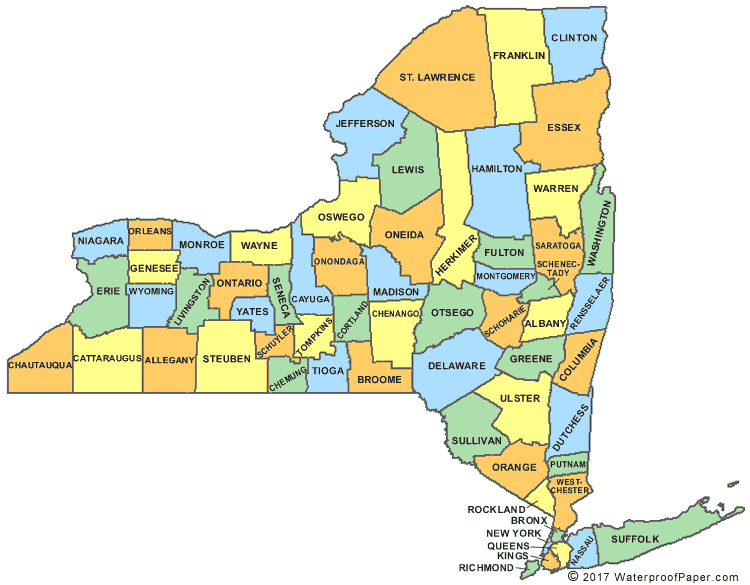Nineteenth-century lecturer and educator William G. Allen endured physical violence and barely escaped murder when he proposed marriage to the daughter of a white minister in upstate New York. Their relationship later was the inspiration for a story about interracial love by author Louisa May Alcott, herself an abolition sympathizer.
Born in Virginia in 1820, the son of a free mulatto mother and a Welsh father, Allen was orphaned as a young boy and adopted by a free African American family. His academic talents were noticed by New York philanthropist Gerrit Smith, who sponsored his education at the Oneida Institute, a progressive interracial school in upstate New York. Allen graduated in 1844 and became editor of the National Watchman, a temperance and abolitionist paper for African Americans, and then clerked for the Boston law firm of Ellis Gray Loring. While in Boston, he lectured on African American history and argued for a complete blending of the races.
An appointment in 1850 as Greek Language and belles lettres professor at New York Central College in McGrawville made Allen the second African American on a college faculty. He followed Charles Lewis Reason who joined the Central College faculty in 1849. The appointment also put Allen in the company of the Reverend Samuel J. May (Louisa May Alcott’s uncle) and the Reverend Lyndon King, a white abolitionist whose daughter Mary was a student at the college. Allen and Mary courted privately, and when Allen asked for her hand in marriage, Rev. King initially was supportive while Mary’s stepmother and brothers were not. Public opposition to the relationship grew more vocal, and Rev. King switched his alliances, banishing Allen from the minister’s house. When word got out that Allen and Mary were to visit friends in nearby Phillipsville, an angry mob formed there “with tar, feathers, poles and an empty barrel spiked with shingle nails” intended for Allen. Mary was removed safely, but the crowd went after Allen, hitting him, tearing at his clothing, and yelling obscenities.
Allen escaped and the couple married shortly thereafter. They exiled to England where Allen struggled to find work as a lecturer and writer, authoring The American Prejudice Against Color: An Authentic Narrative, Showing How Easily the Nation Got into An Uproar (1853) and A Personal Narrative (1860), both memoirs of the prejudice he encountered in America. Financial hardship forced the couple and their seven children into a boardinghouse, relying on the charity of friends. The Allens died in obscurity with no record of their final days. Louisa May Alcott immortalized their love story in her fictionalized account, “M.L” (1863).

